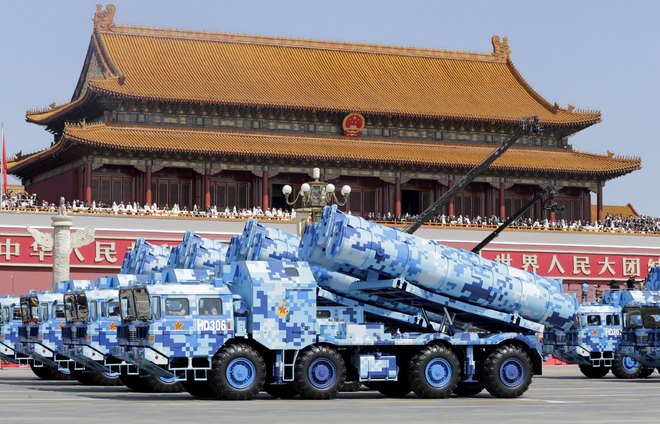D S Cheema
Why China’s dramatic rise in military power is a matter of concern for the world is a subject that has grabbed the attention of thinkers and defence writers across the globe, particularly in India. Because of its love for Pakistan and increasingly assertive approach; China is changing Asia’s balance of power at a very fast pace. The $46 billion China-Pakistan Economic Corridor (CPEC) connecting Kashgar in Xinjiang to Gwadar on the Arabian Sea in the next 15 years is the largest investment project ever in any country, dwarfing even the US Marshall Plan after the World War II.
If the analysis in the book appears to be Indo-centric, it is by design, for obvious reasons. Since India is particularly interested in knowing where People’s Liberation Army is going, the author has provided in Chapter IV of the book an historical perspective and a clinical appraisal of its combat performance post 1949, the year of inception of People’s Republic of China (PRC). China has fought five campaigns since then. Korean War was the first after the birth of PRC; Taiwan was the second target during 1954-58 War out of which People’s Liberation Army Air Force emerged as an experienced aerial combat force. It was followed by Indo-China War of 1962, Sino-Soviet border conflict of 1969 and Sino-Vietnam War of 1979.
China’s exaggerated territorial claims and aggressive behaviour is a problem many nations are facing. Countering Chinese hyperactive unilateralism and containing it by balancing its military power is a challenge India must handle very deftly. Though China carries a reputation of coercive displays of military force, the country today is fissile and unstable; its economic and military modernisation has slowed down and the $8.5 trillion economy is slipping. It is facing social unrest and major internal-security crisis, handling which is the main task of PLA. Experts feel that any extreme economic decline is invariably followed by an extreme international conflict. China has no combat experience for the last 44 years and as such any future conflict with any opposing nation may not be as spectacular as the Chinese believe or the world fears. Should India continue to let China extend its reach unchallenged and let the Sino-India power gap become unbridgeable?
China and India have centuries old civilisation, unique and rich cultural heritage, a history to be proud of and most importantly similar objectives of growth, even though they may have very different social, cultural and political context. Both have come to be recognised by the West as the Asian giants, representing one-third of the humanity, who have the potential to become economic power houses of great promise and rank among the top economies of the world. The tendency of observers to draw unfair comparisons between the two largest and perhaps fastest growing economies of the world needs to be curbed.
It is natural that both nations are dictated by a sense of patriotism and nationalism, however, there is no denying the fact that it is in the interest of both China and India to get over the ghost of 1962, so that the maturity of economic engagements, which has already cost them a lot, does not get further delayed.
General Bakshi, known for his combat experience, strategic analysis and writing-ability is qualified to tell the story of China’s intentions through its actions, particularly of its relationship with India. He weaves together analysis of history to chart the past, present and future course of China. This painstaking, well-researched critical analysis of PLA ground forces, PLAAF, PLAN and China’s nuclear forces makes the volume in hand a must read for both military professionals and China observers alike.
Unlock Exclusive Insights with The Tribune Premium
Take your experience further with Premium access.
Thought-provoking Opinions, Expert Analysis, In-depth Insights and other Member Only Benefits
Already a Member? Sign In Now










